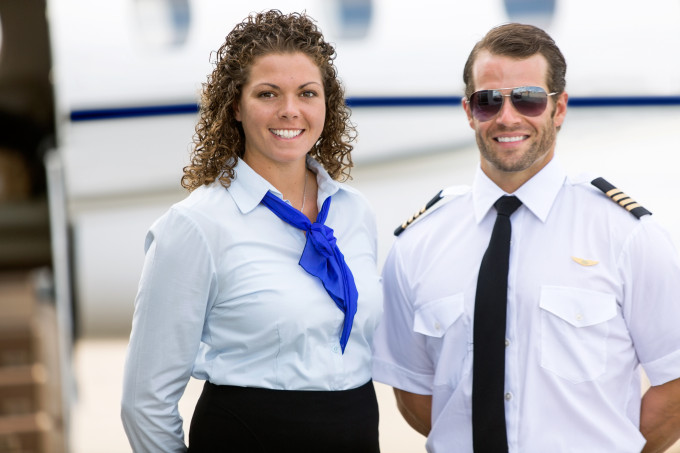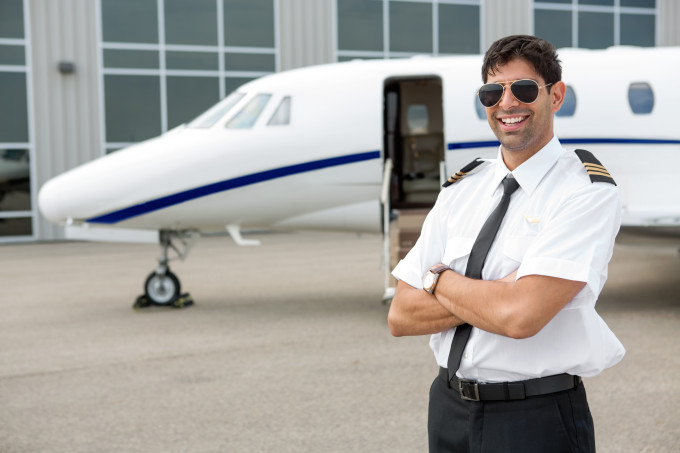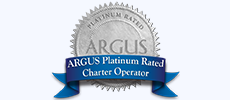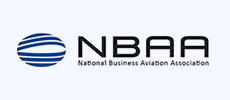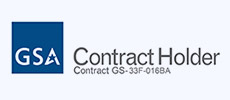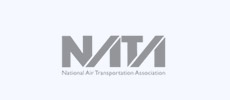Here at Presidential Aviation, we understand that the terms and definitions used in talking about private jet charters and private aviation may sometimes seem like we are speaking a foreign language. Here are some common private jet travel terms defined that will be useful to clarify what professionals mean when they use them.
Air Charter Operator – the entity that is responsible for the licensing, maintenance, safety, and operations on behalf of the air charter company. The operator may or may not be the owner of the aircraft available for charter.
Apron – refers to the paved areas (hard surfaces) around hangars.
Avionics – electronic control systems used by pilots in flight. Consist of critical tools for communication, and autopilot and navigation systems.
Drag – refers to the resistance air provides against the aircraft’s forward motion.
Empennage – indicates the tail of the aircraft. This includes the fin, stabilizer, rudder (which steers from right to left), and the elevator (which steers the aircraft up and down).
Empty Legs – refers to a flight designed to reposition the aircraft. Chartering empty leg flights, also known as one-way flights, cost considerably less than traditional full-price charters.
FAA – the Federal Aviation Administration is in charge of Air Traffic Control on behalf of the U.S. Department of Transportation. This agency is also tasked with regulating airports, pilot certifications, aircraft operation, certifying aircraft parts, and overseeing aircraft manufacturing.
FAR Part 135 – refers to the Federal Air Regulation (FAR) involving air taxi operators and commercial operators.
FBO – Fixed-Base Operator – this is an airport service center that offers a wide range of services including cabin supplies, fuel, aircraft maintenance, lounge facilities, meeting rooms, office space, and hangar space to flights and flight crews landing at the airport.
Flaps – part of the wing that may be extended in order to increase the wing’s surface. The more surface area the wing has, the greater lift is generated. They are most commonly used when taking off (to help the aircraft gain lift) or landing in order to help the plane fly slower during the approach.
Fuselage – this is the main body of the aircraft. It is the area where the flight crew, passengers, and cargo are and to which all other vital parts of the aircraft, such as the wing and tail are attached.
Heavy Jet – heavy jets have a minimum takeoff weight of 255,000 pounds.
Jet Charter – described the act of leasing a aircraft and hiring a crew for private air travel.
Jet Streams – In the U.S. this term refers to high altitude winds blowing at high speeds from the west to the east.
Lift – refers to the force airflow generates over the wings of an aircraft, lifting it in opposition to gravity which is constantly pulling objects down.
Light Jet – typically small jets designed to carry a single pilot along with four to eight passengers with a maximum take-off weight of less than 10,000 pounds.
Mid-Size Jet – sometimes, called a business jet, mid-size jets are designed to carry small groups of people for further distances than light jets.
Nautical Mile – a unit of measurement used for distances over water.
Payload – revenue-generating items an aircraft carries that aren’t necessary for its flight operation. Typically refers to cargo or passengers.
Pilot in Command – refers to the pilot who is responsible for the operation of the flight and the safety of all aboard during the flight.
Private Jet – refers to an aircraft a private person or organization owns.
Private Jet Charter – describes the act of hiring a private jet for a specific purpose or travel plans.
Slats – located on the front of aircraft wings, slats help to optimize airflow over the upper surfaces of the wings to enable the aircraft to fly slower so they can take off from or land on shorter runways. Not all aircraft have slats.
Spoilers – spoilers can be found on the top of the jet’s wings and are used to block airflow on the wing’s upper surface. This “spoils” the tendency of the aircraft to life in order to control the sink rate of the descent. Spoilers are also used to help control rolls on occasion.
Statute Mile – a measure of distance equaling 5,280 feet.
Thrust – the force that drives a jet forward.
Turbo Prop – refers to a jet engine that is powered by a turbine driven propeller.
This list is by no means comprehensive. If you have questions about any other private jet travel terms, feel free to give us a call at 1.888.772.862 and we will be glad to assist.

